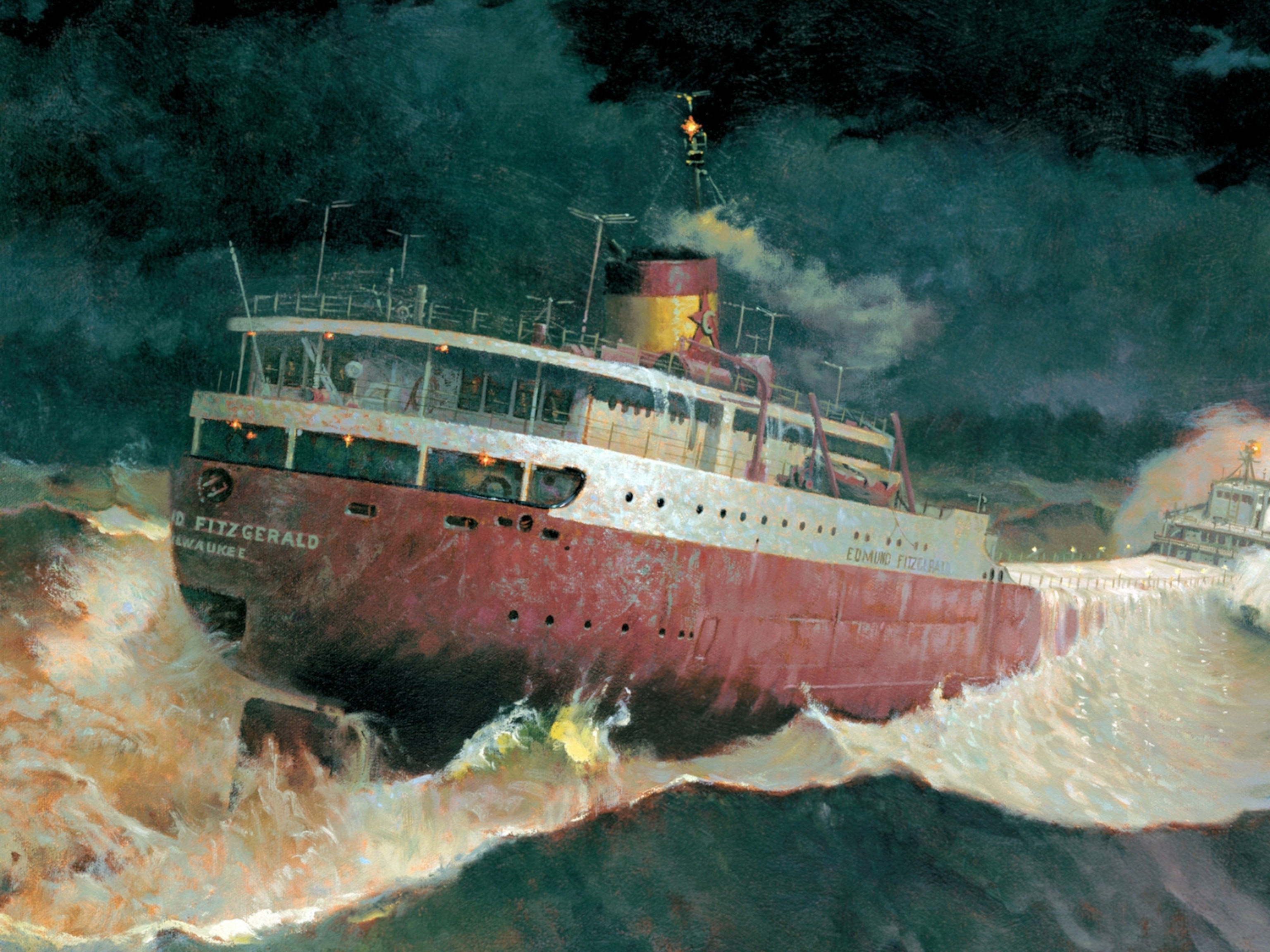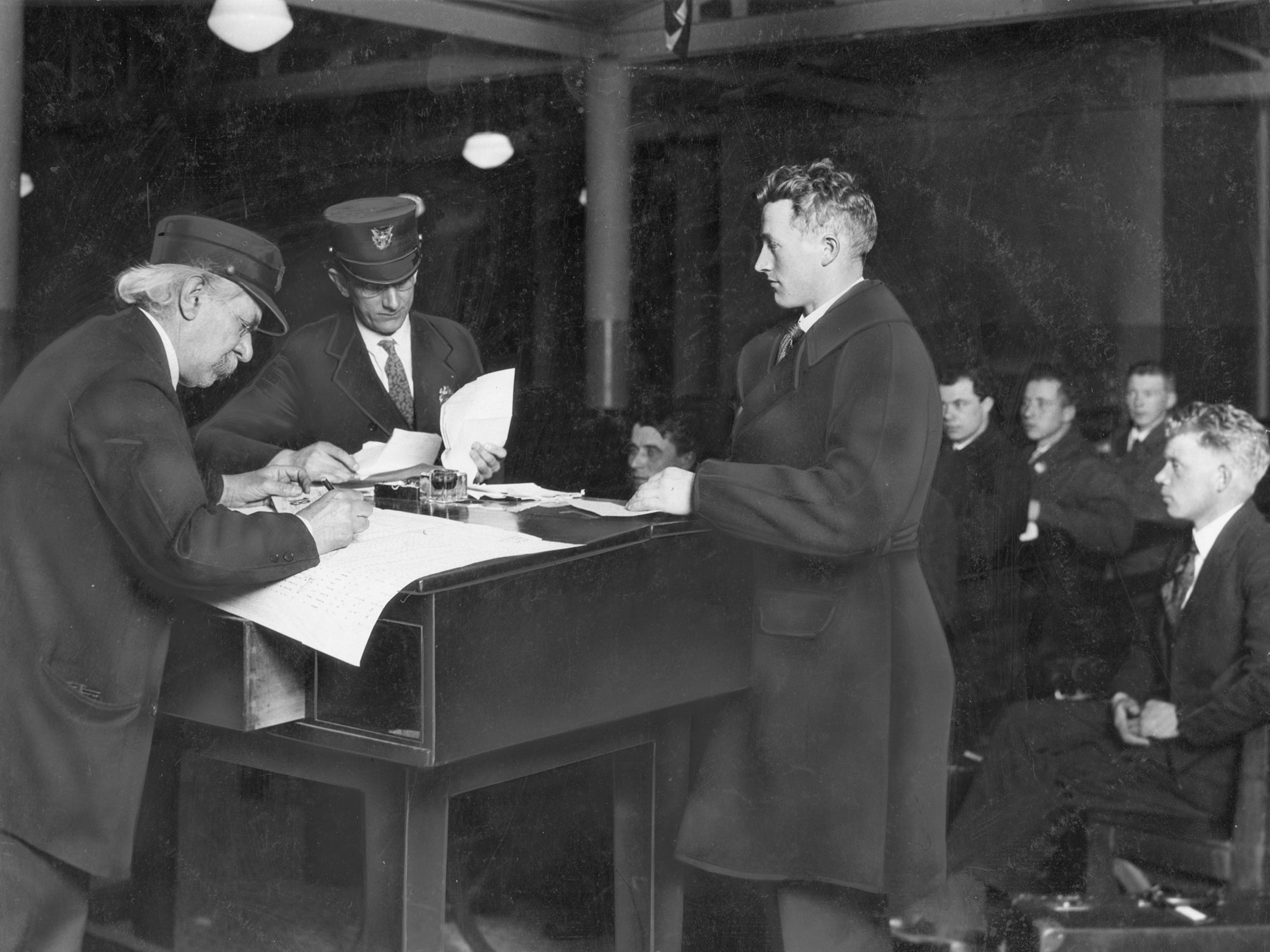Sex, Dog Meat, and the Lash: Odd Facts About Lewis and Clark
Did you know that men of the native tribes that Lewis and Clark encountered frequently offered their wives and daughters to the explorers? Or that the Corps of Discovery frequently ate dogs? That Lewis and Clark got lost? These are only a few of the little known oddities about the famous expedition of 200 years ago.
Book editor Anthony Brandt highlights some of the oddities about one of the greatest adventures in history.
Did you know that men of the native tribes that Lewis and Clark encountered frequently offered their wives and daughters to the whites?
There's nothing like a little sex to cement relationships among different cultures. In fact there was a lot of sex, and the offers had nothing to do with fellowship among men.
The tribes of the High Plains had very different attitudes from white men about these matters. Plains Indians believed that spiritual power passed between people during the sex act. By sharing their wives, they could appropriate the power of the other person. Nobody seemed to have more power than a white man, with his guns, his ability to work metal, his technological prowess.
One young member of the Corps of Discovery was offered four Mandan women in a single night. Clark's black slave, York, was even more magical to them. The Indians Lewis and Clark encountered had never seen a black man. York made out like a bandit.
But sex with Indian women had a down side, too: venereal disease. Previous encounters with French and British traders had infected many Indian women with syphilis, and Lewis and Clark had to treat some of their men for this disease, for which there was no cure then, only the dubious palliative of mercury pills.
Old Indian traditions claim that the expedition left children behind as well. In the 1870s a blue-eyed, blond-haired Nez Perce told the Western photographer William H. Jackson that he was William Clark's son.
Did you know that the Corps of Discovery frequently ate dogs?
Puppy chops haven't made it into any of the recent cookbooks offering recipes from the Lewis and Clark expedition, but the Indians ate dogs and so did the members of the expedition when nothing else was available.
In the dry areas of what is now eastern Washington, in fact, where there was little if any game and the only other choice was dried salmon, usually impregnated with sand, the men came to prefer dog.
Their favorite foods were always elk, beaver tail, and buffalo, and when they were struggling up the Missouri the men ate prodigious amounts of it, up to nine pounds of meat per man per day. But dogs would do if dogs were all that they could get. Only Clark abstained. He couldn't bring himself to eat dog meat.
Did you know that Sacagawea did not serve as an official expedition guide?
Did you also know that there are reportedly more statues of Sacagawea in the United States than of any other woman? Everybody on the expedition apparently liked and admired her. She was cool in a crisis and helpful in identifying edible greens and roots in the High Plains. They called her Janey, and Clark was so fond of her he offered to educate her little boy, and did.
Sacagawea also knew her home grounds, the Shoshone country in western Montana. She was useful as a translator when they came upon her people, and her presence was a signal to other Indians that the expedition was peaceful—no Indian war party ever traveled with an Indian woman and her child.
But Sacagawea did not guide Lewis and Clark west, as has sometimes been claimed.
Did you know that the lash was the common punishment on the expedition for infractions?
After the Corps had spent the winter in the Mandan villages discipline problems more or less disappeared, but on the way up the lower Missouri during the expedition's first summer three men had to be punished—one for "mutinous expression," another for attempted desertion, and a third for sleeping on guard duty.
Regulation courts martial were convened on the spot, all three men were found guilty, and one had to endure 100 lashes, dealt out over a period of four days. This was a military expedition, operating under military discipline. Except for the French engages, everyone on the expedition on the lower Missouri held military rank. Sleeping on guard duty was a capital offense.
On one occasion some Indian chiefs present at one of these punishments objected to its severity, and Clark had to explain why it was necessary. Plains Indians never subjected their malefactors to public punishment.
Did you know that Lewis and Clark got lost?
Lewis and Clark had maps of the lower Missouri, drawn by earlier fur trading expeditions. But beyond the Mandan villages they had only information gleaned from Mandan informants who knew the country.
In June 1805 they came to a fork in the Missouri the Mandans had not mentioned. The Missouri was the route into the mountains, but which river was the Missouri? It took more than a week and two separate reconnaissance expeditions for Lewis and Clark to make up their minds. The south fork was the true Missouri, they decided. Every one of their men disagreed with them, but cheerfully followed them anyway. Lewis and Clark were right. The south fork was the true Missouri.
Did you know that by the end of the nineteenth century Lewis and Clark were almost forgotten?
It's true. Until the late 1800s the original journals lay unnoticed in the American Philosophical Society's library in Philadelphia. They had never been published in their original form.
In the history books Lewis and Clark barely rated a mention. Henry Adams, in the nine volumes of his History of the United States of America during the Administrations of Thomas Jefferson and James Madison, gives them hardly more than a line and dismisses them as having done little of importance.
They had been heroes when they first returned from the West, but over the intervening century the American public had lost touch with the memory of their exploits. Not until Reuben Gold Thwaites edited and published the original journals in 1904-6 did their reputation begin to recover.
Did you know that Lewis and Clark spelled "Sioux" more than twenty different ways?
The original journals were notes the two explorers made almost every day on the trail under often difficult circumstances and were never intended to be published in this rough form. When Thwaites did publish the originals, he left the spelling and punctuation, in the best scholarly tradition, as he found it. Neither man, unfortunately, could spell very well.
Clark was especially careless; his prose is sometimes close to indecipherable. The word "Sioux" is only the most obvious example among many.
When the National Geographic Society decided to put out a new abridgement of the Journals, the first order of business was to correct the spelling, punctuation, and grammar to make the book more accessible to modern readers. The words are the explorers' own, but now we can read them.






